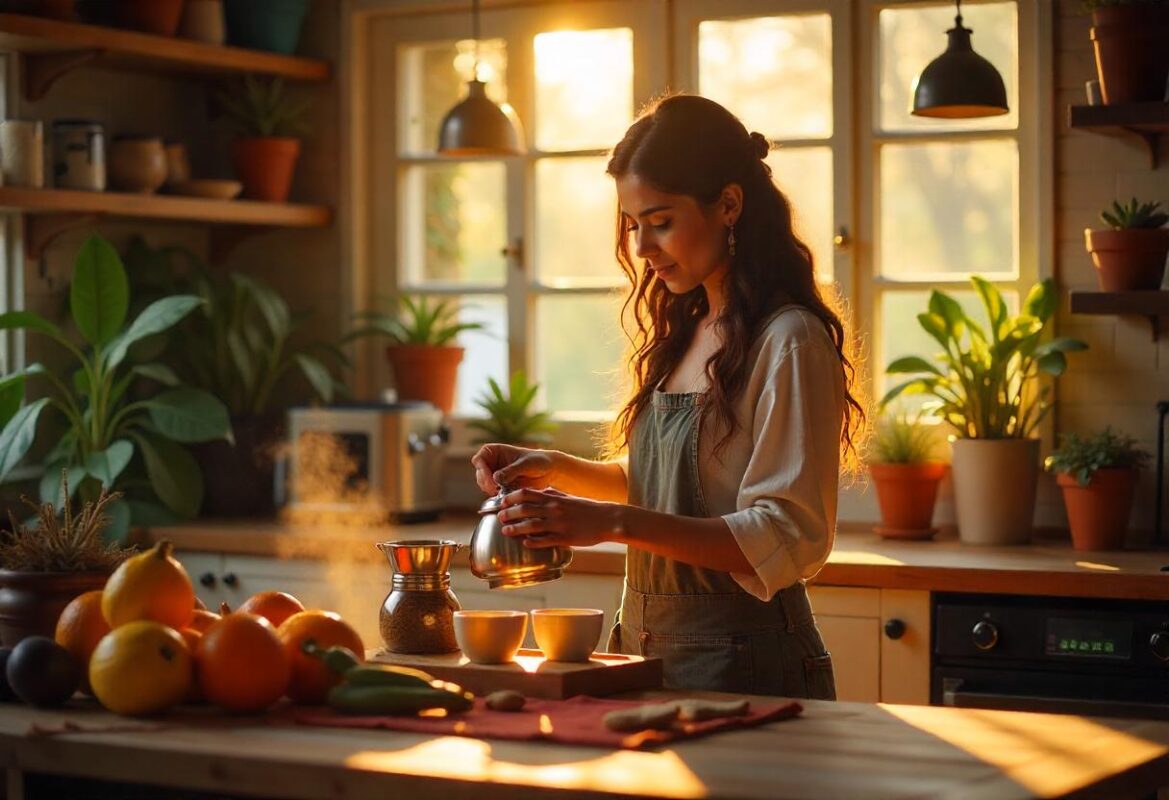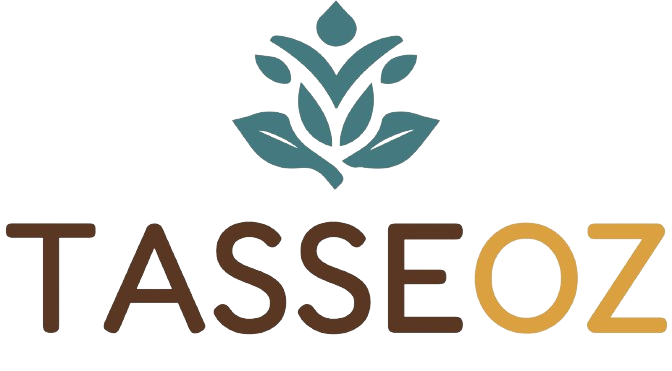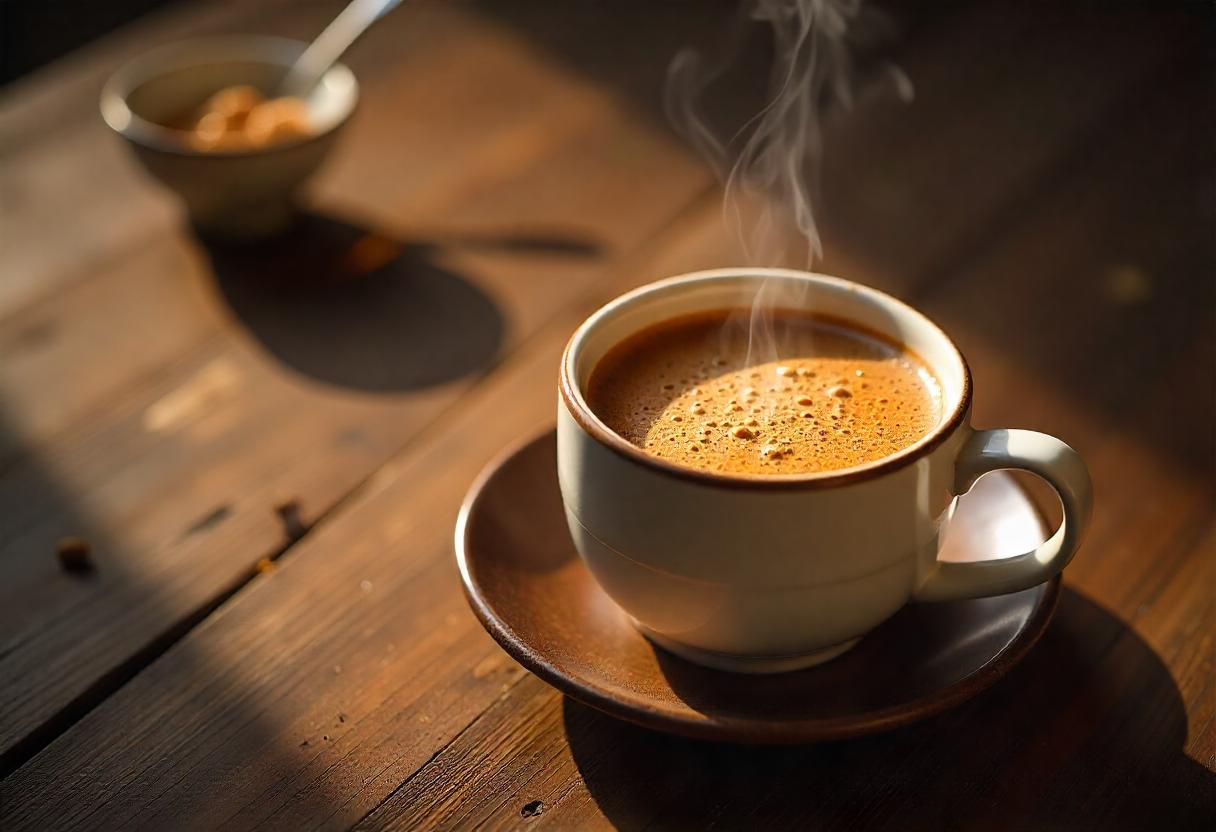5 Critical Mistakes People Make While Brewing Chai—And Why It’s Time to Reclaim the Ritual
For many, chai is not just a beverage—it is a sensory embrace, a tradition passed down through generations, a moment of stillness in an otherwise chaotic day. Yet, in our pursuit of convenience and shortcuts, this ancient elixir is increasingly stripped of its purpose, its potency, and—perhaps most alarmingly—its safety.
Modern brewing practices, careless ingredient selection, and commercial compromises are eroding the core of what chai once represented: balance, healing, and intentional living. Beneath the aroma of cinnamon and cardamom lies a sobering reality: most people are unknowingly doing it wrong.
Let us critically explore the five most common (and surprisingly risky) mistakes people make while preparing chai—and uncover how thoughtful, intentional choices can restore its original wisdom.
1. Relying on Stale, Degraded Spices: A Hidden Health Hazard

A cup of aroma tasty coffee with cinnamon sticks and star anise . High quality photo
Most household spice racks contain pre-ground powders that have long lost their vibrancy. Spices, particularly in humid regions, are highly susceptible to oxidation, essential oil depletion, and even fungal contamination. A 2021 study in the International Journal of Food Microbiology found that improperly stored spices can harbor mycotoxins, compounds linked to liver damage and immunosuppression.
❗ Without realizing it, you may be steeping mold-exposed spice dust into your daily cup.
✅ A Safer Practice:
Choose small-batch, well-balanced whole or crushed spice blends created for infusions. When sourced responsibly and handled delicately, these spices retain their antimicrobial, anti-inflammatory, and adaptogenic properties.
Not all blends are the same—some simply add taste. Others restore harmony.
Reference: Fungal contamination in stored spices: Risk factors and exposure estimates. Int. J. Food Microbiol, 2021.
2. Improper Brewing Techniques: When Heat Becomes Harm

Contrary to popular belief, chai is not just about boiling all ingredients together. Many overheat spices or add them after the milk, inadvertently degrading volatile compounds like eugenol (from cloves) and cinnamaldehyde (from cinnamon).
According to food science studies, essential oils break down at high temperatures, altering flavor and diminishing medicinal value. A violently boiled chai is not just a flavorless outcome—it’s wasted medicine.
❗ An incorrect method can destroy healing properties and introduce bitterness.
✅ A Better Brew:
Spices should be simmered gently in water before introducing tea or milk. This step unlocks aroma compounds and stabilizes the blend’s bioactivity. Chai was never meant to be rushed. It was meant to unfold.
Scientific Insight: Most spice oils degrade rapidly above 100°C during prolonged boiling.
Proper technique preserves bioactive profiles.
3. Trusting Synthetic “Chai” Mixes: A Chemical Illusion
The explosion of chai lattes and instant powders may seem like a convenient cultural upgrade. But peer beyond the packaging and you’ll find a different reality: artificial sweeteners, emulsifiers, thickeners, and “natural flavor” enhancers that aren’t so natural.
A 2023 review by Harvard Health Publishing warns of increasing exposure to endocrine disruptors through processed wellness beverages. What you drink as a “comfort tea” may slowly compromise your gut, mood, and immune function.
❗ The sweetness may be masking synthetic threats.
✅ The Authentic Alternative:
Real spice blends do not need preservatives or flavor chemicals. Their natural oils are the flavor. Stick to clean, whole ingredient formulations without fillers. Your gut microbiome—and your hormones—will thank you.
Reference: Artificial Additives in Wellness Products: What We’re Not Being Told. Harvard Health, 2023.
4. Losing the Emotional & Cultural Essence of Chai

Chai was once a ceremonial pause—a morning awakening, an afternoon ritual, a symbol of hospitality. Today, it’s a paper cup sipped between meetings, often overloaded with sugar and caffeine.
This shift in consumption not only flattens its flavor but also neglects its emotional and neurological purpose. Ritualistic brewing has been linked with parasympathetic activation (rest-and-digest mode), aiding stress regulation and mindfulness.
❗ Neglecting intention can replace restoration with overstimulation.
Reclaim the Ritual:
Allow space for the preparation. Choose spice blends that encourage calm, clarity, or focus—aligned with your moment. Some blends are crafted with this philosophy. Others just chase trends.
Anthropological Insight: Chai was once brewed by monks, healers, and elders. Not by machines. When did we trade soul for speed?
5. Assuming All Spices Are Safe in Any Amount
Cardamom, clove, ginger, nutmeg—these are potent botanicals used for centuries in Ayurvedic medicine. But in incorrect proportions or frequency, they can overwhelm the digestive system, increase body heat (pitta), or even cause insomnia and liver stress.
Untrained DIY blending risks what Ayurveda calls agni dushti—disturbance of the digestive fire—which can lead to bloating, fatigue, and emotional imbalance.
❗ The belief that “more is better” is not just incorrect—it can be harmful.
Balanced Formulation:
Trust blends that are measured and intentional. Proper ratios aren’t just about taste—they’re about physiology. Like all true medicines, chai needs dosage discipline.
Reference: The Role of Spice Ratios in Digestive Fire Regulation. Ayurveda Journal of Health, 2020.
A Final Reflection: Chai Is More Than a Drink. It’s Daily Medicine.
You wouldn’t trust your health to a random mix of pills. Why treat your chai—the most recurring ritual of your day—with any less respect?
When brewed thoughtfully and sourced mindfully, chai becomes what it was always meant to be: a connector of mind and body, a digestive ally, and a cultural compass. Sadly, most discover the mistakes only after facing digestive distress, sleep issues, or chronic dependence on caffeine-laced cups.
So the next time you brew, ask:
-
Are my spices fresh, clean, and medicinally safe?
-
Am I honoring the ritual—or just performing a routine?
-
Is this cup calming me—or silently harming me?
Sometimes, the smallest change in your kitchen can bring the biggest shift in your day.
A Quiet Note for the Curious:
There are brands quietly reviving the Sri Lankan legacy of spice wellness—with hand-crushed, balanced blends designed not only for taste, but for intention and health.
When your spices are grown with care, crushed with knowledge, and blended with mindfulness, your cup becomes a source of balance—not just flavor.
If you’ve ever felt grounded, soothed, or simply… alive after sipping real chai—you already know: the difference isn’t just in the taste.
It’s in how you feel after the last sip.



